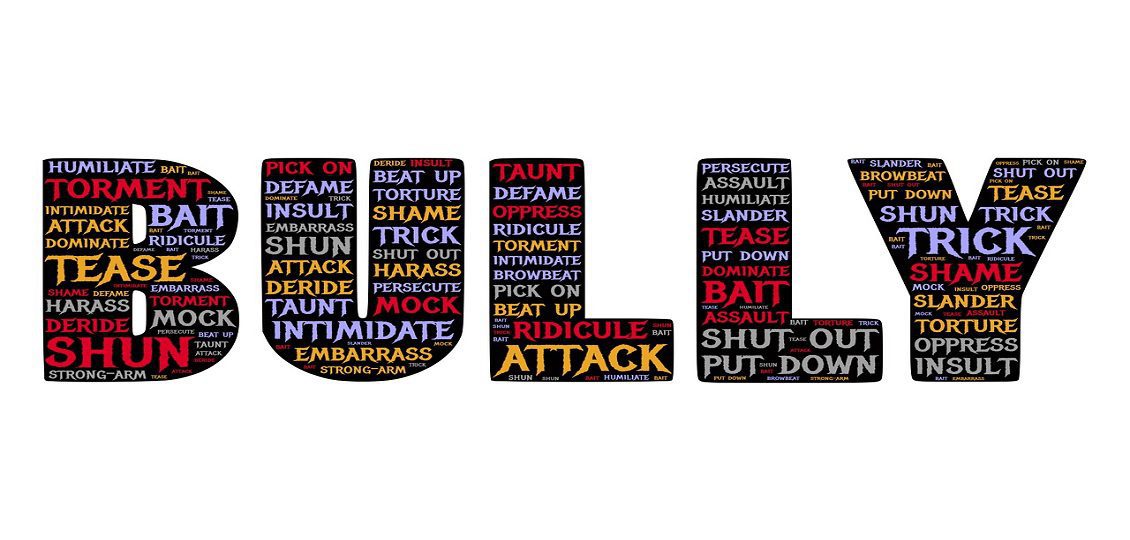By Dr Debra Stewart
Obviously, bullies cannot work alone. A triad exists when bullies are present in the work environment, and the triad consists of the bully, the victim, and the bystander. All three groups represent an insidious discontent that overshadows positive efforts to develop a healthy workplace culture. Additionally, when bullies are left to their own devices, victims and bystanders begin mimicking the abuser, which further degrades the workplace environment. Finally, toxic environments create health and wellness issues that increase health-care costs and wreak havoc on retention of talent and brand knowledge. Absenteeism and accident and injury are also likely to be issues when a bully is in the workplace. For example, depression, role clarity, stress, burnout, and fatigue are just a few of the symptoms that finally become part of the demise of the organizational culture when the bully is left unchecked.
Bullies can be found in every organization and level of operation, and bullying can result in behaviors that range from being openly hostile to discreetly manipulative. Women are bullied more often than men, and women-to-women bullying is more common than men bullying other men. Bullies are more likely to be found in management, and they tend to create an infrastructure of bully-like controls so that the fortress they create can be maintained as they continue to pillage other peaceful areas in the workplace. The infrastructure may consist of faulty performance review processes, unrealistic employee goal setting and promoting a culture of faultfinding and distrust. Also, administrators often see the bully as an internal misfit, but bullies may also work outside of the organizational structure to reduce external customer satisfaction and investor confidence.
Victims waste time at work and at home building a defense against the abuse, politicking for support, and just running scenarios in their mind trying to form a corrective plan of action. Behaviors such as these interfere with productivity and employee motivation and eventually leave the employee with a sense of diminished self-efficacy and self-worth. Additionally, innovation in the workplace suffers because creative energies are redirected to meet unmet needs and to protect marginalized victims. Victims are known to create silo mentalities where information and resources are hidden to reduce the chance of interference from the bully. Silo mentalities are behaviors that are great time wasters for other more productive teams because of the restricted communication that it creates between departments, divisions, and partnerships.
Bystanders comprise the largest percentage of the workforce when it comes to the tyrannical destruction and rantings of the bully. Bystanders see the injustice that occurs when bullies are present in the workplace, and they often begin to distrust the organizational culture and purpose. After all, bullies are sometimes rewarded for their behavior, promoted, or ignored and left to operate as the status quo. A reward process based on bullying creates a misguided blueprint for otherwise mission-driven employees to follow in their efforts to climb a rather explosive ladder to the top. It is important to realize that bystanders are the voice of the organization and will reveal a company’s true level of organizational wellness to potential candidates, customers, vendors, and competing industries.
Did you hire a bully? Understanding the dynamics of the workplace bully and the interaction of the bully triad will help with management and the prevention of bullies in the workplace.











































